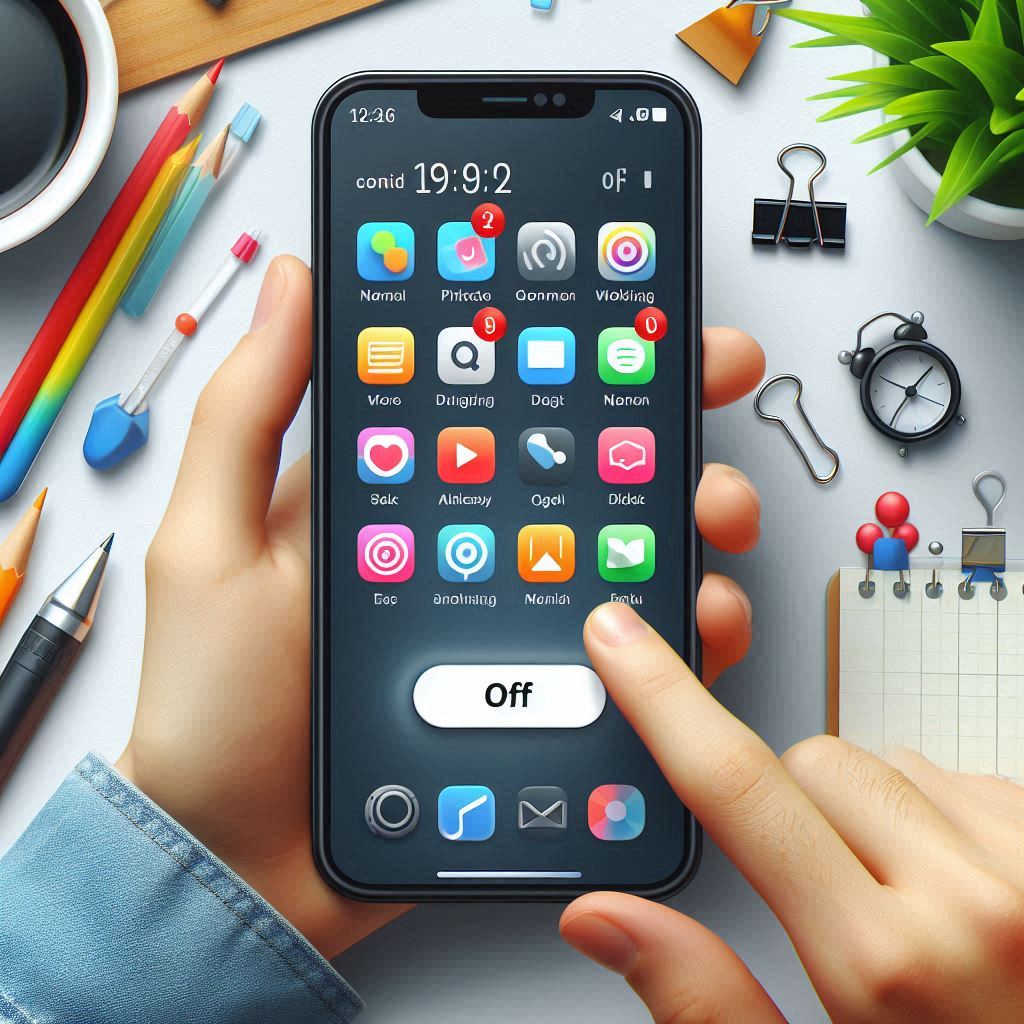
Integrating Digital Minimalism into Daily Life
Adopting digital minimalism means curating your tech use to enhance focus and well-being. Limit screen time, remove non-essential apps, and create tech-free zones. This reduces overload, boosts productivity, and fosters a balanced relationship with technology.

Establish Screen-Free Zones
Designate specific areas in your home where screens are not allowed. Common places to start including the bedroom, dining room, and living room. This encourages more face-to-face interaction and promotes better sleep and eating habits.

Engage in Offline Hobbies
Pick up hobbies that do not involve screens, such as cooking, painting, gardening, or playing a musical instrument. These activities can be both fulfilling and relaxing.

Disable non-essential notifications on your devices. This reduces the urge to constantly check your phone and helps maintain focus on tasks at hand.

Replace digital activities with their analog counterparts. Use a physical notebook for jotting down ideas, a paper planner for scheduling, or read physical books instead of e-books.
The Upsides of Going on a Digital Detox

Better Sleep Quality
Avoiding screens, especially before bedtime, can improve your sleep quality.
The blue light emitted by screens can interfere with your natural sleep-wake cycle, so reducing exposure can lead to more restful sleep.

With less time spent on screens, you have the opportunity to rediscover old hobbies or explore new ones.
This can lead to personal growth and a more balanced lifestyle.

Increased Physical Activity
Stepping away from screens encourages more physical activity. Whether it’s going for a walk, exercising, or participating in sports, these activities contribute to better physical health.
